From the Beach to the Bay: Choeff Levy Fischman Shapes Miami’s Future
In the shimmering landscape of Miami, where architecture speaks as boldly as the city’s vibrant culture, Raphael Levy of Choeff Levy Fischman stands out as a visionary sculpting the city’s horizon. Known for spearheading the Tropical Modern architecture movement, Levy’s work is a harmonious blend of luxury and environmental sensitivity. In an exclusive interview with ARTRPRNR, Levy shares insights into his journey, inspirations, and the groundbreaking projects that are defining Miami’s architectural identity.
Medical Dreams to Architectural Realities
Levy, reflecting on his initial ambition to become a doctor, reveals, “I realized that my dream to become a doctor was going to be a lot of biology, studying and reading.” It was a pivotal moment in high school when he discovered that architecture could beautifully marry his artistic skills with his scientific interests, leading him down a new path.
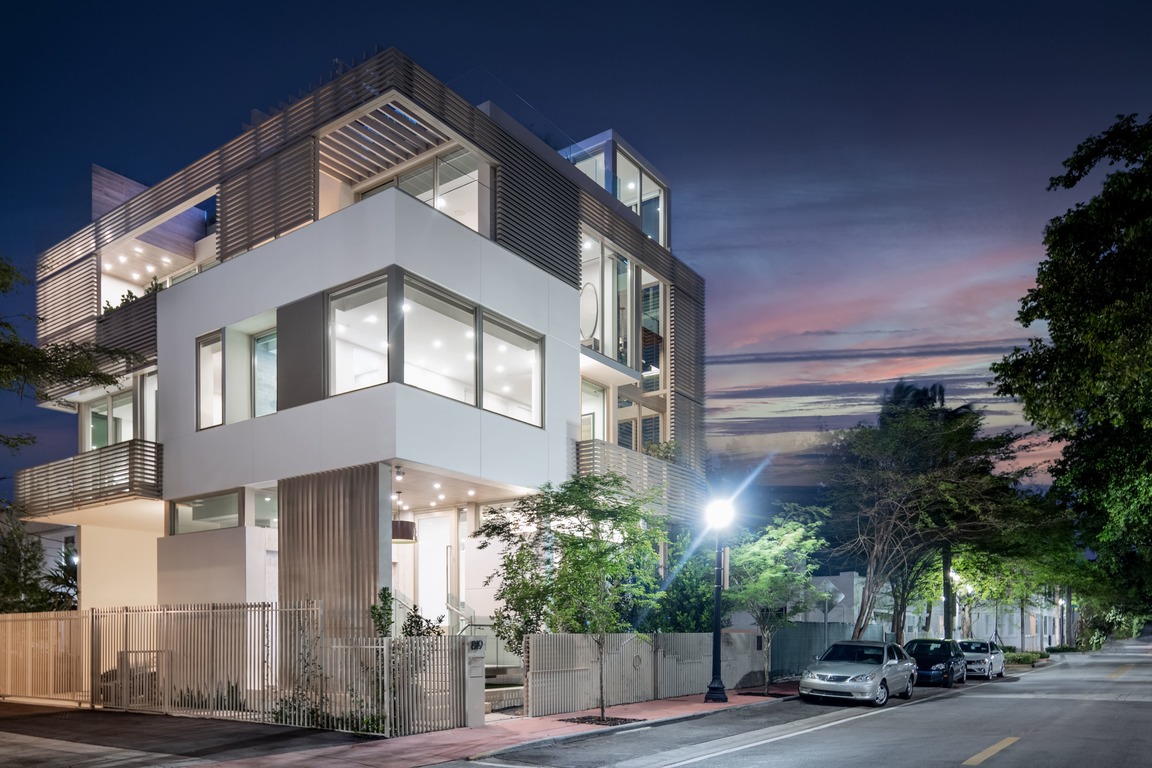

2nd Street House in Miami Beach, Courtesy of Choeff Levy Fischman Architecture + Design
The Essence of Tropical Modernism
“Our specialty,” Levy explains, “is Tropical Modern architecture.” He describes this unique style as a fusion of mid-century motifs with tropical elements, utilizing materials like exotic South American woods and cutting-edge technologies to craft spaces that embody luxury and fluidity between indoors and outdoors.
Star Island: A Monumental Challenge
Speaking about one of his most challenging projects, Levy recalls, “I was the project architect of a very large project in Star Island.” This project was a complex dance of preserving history, introducing modernity, and innovating against environmental challenges, showcasing Levy’s architectural dexterity and vision. The project entailed lifting and relocating a historic structure, remodeling it complete with historically accurate details, and acting as the executive architect for a new modern residence on the same property for a design by an architect from South Africa. In addition, they had flood-proofed structures, tested components of the buildings for hurricanes, and tackled other innovations that were unique to this project. This project was challenging in its scale and complexity because it had so many different components. “At the time, I thought if I could survive that job, I could handle anything that comes my way” says Levy.
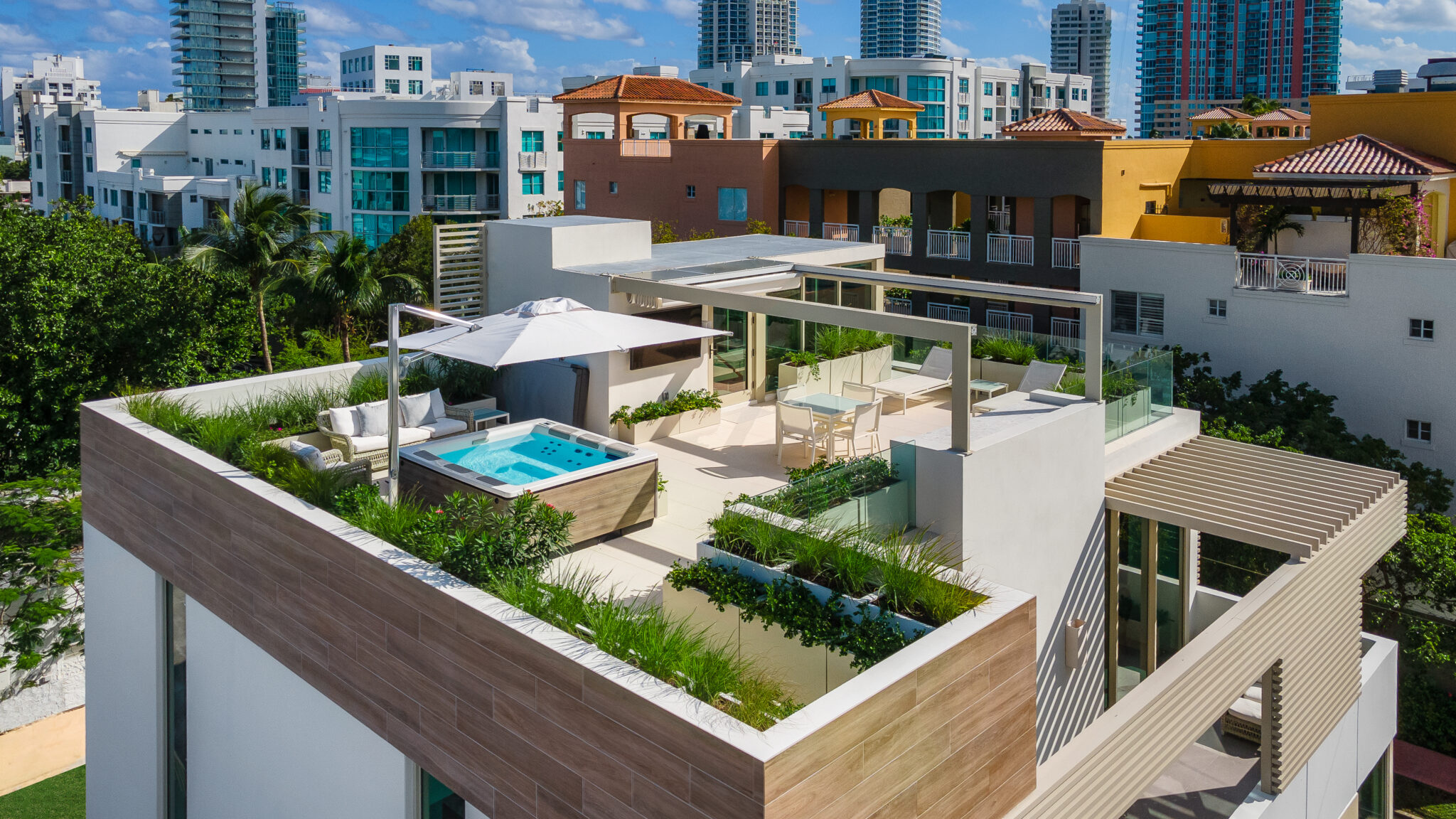

2nd Street House in Miami Beach, Courtesy of Choeff Levy Fischman Architecture + Design
Inspiration from Global Journeys
“Traveling in general is an amazing source of inspiration,” Levy states, emphasizing the impact of real-world experiences over digital explorations. His travels provide a wealth of insight into diverse cultural and architectural practices, enriching his work in Miami.
2nd Street Home: A Personal Landmark
Discussing a project close to his heart, Levy shares, “The house on 2nd Street in Miami Beach is very special to me.” It represents a significant milestone in his career, being the first project where his complete vision was brought to life, particularly within an urban and historic context.
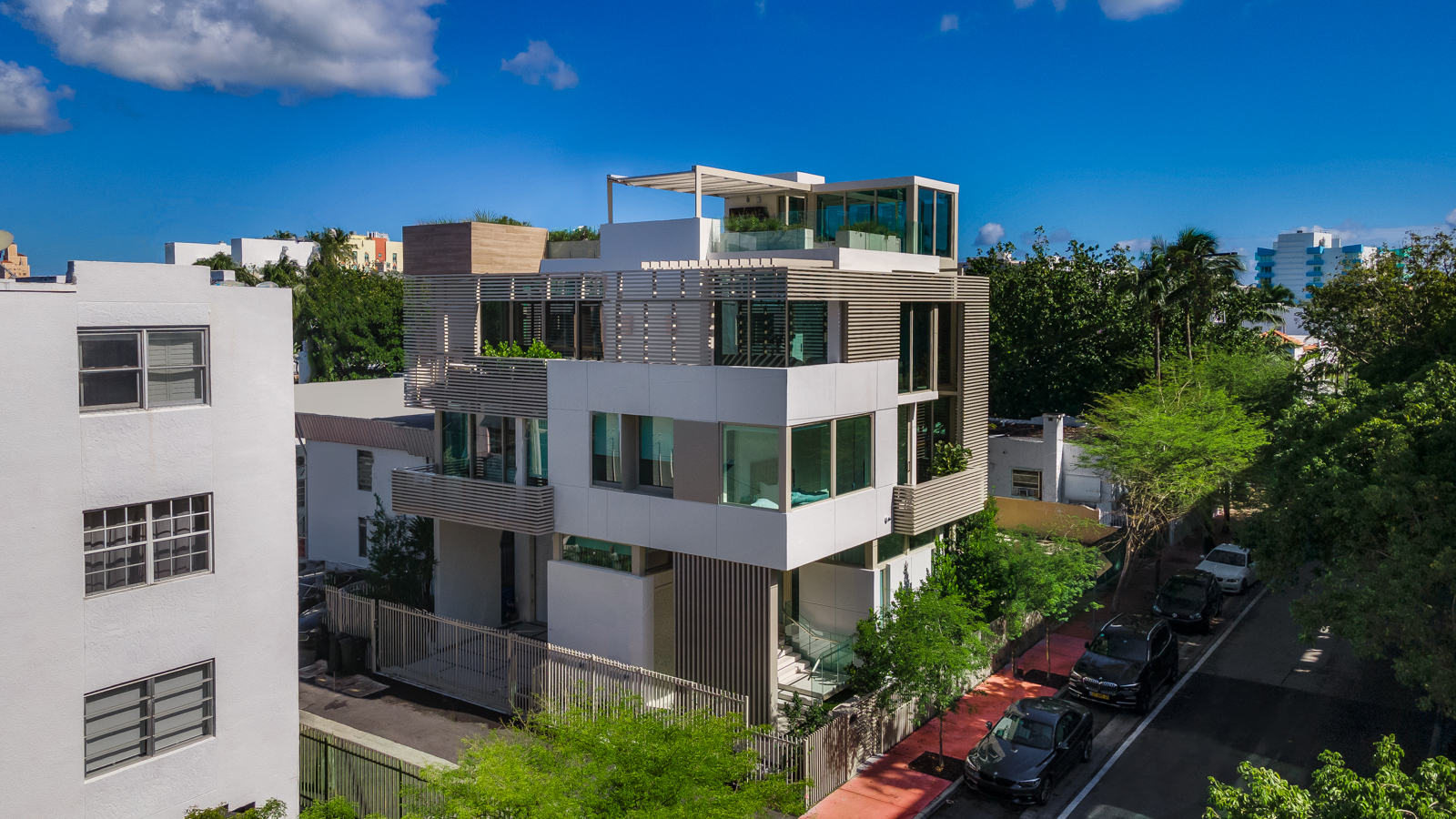

2nd Street House in Miami Beach, Courtesy of Choeff Levy Fischman Architecture + Design
Functionality Meets Aesthetics
“We always start with function,” Levy asserts. His approach underscores the importance of creating spaces that are as practical as they are aesthetically pleasing, ensuring that beauty and utility are in constant dialogue.
Invisible Sustainability: The Art of Eco-Friendly Design
Regarding sustainable practices, Levy points out, “It’s doing a lot of eco-gymnastics behind the scenes.” His focus on integrating environmental considerations seamlessly into designs is exemplified in projects like the LEED Gold certified La Gorce home.
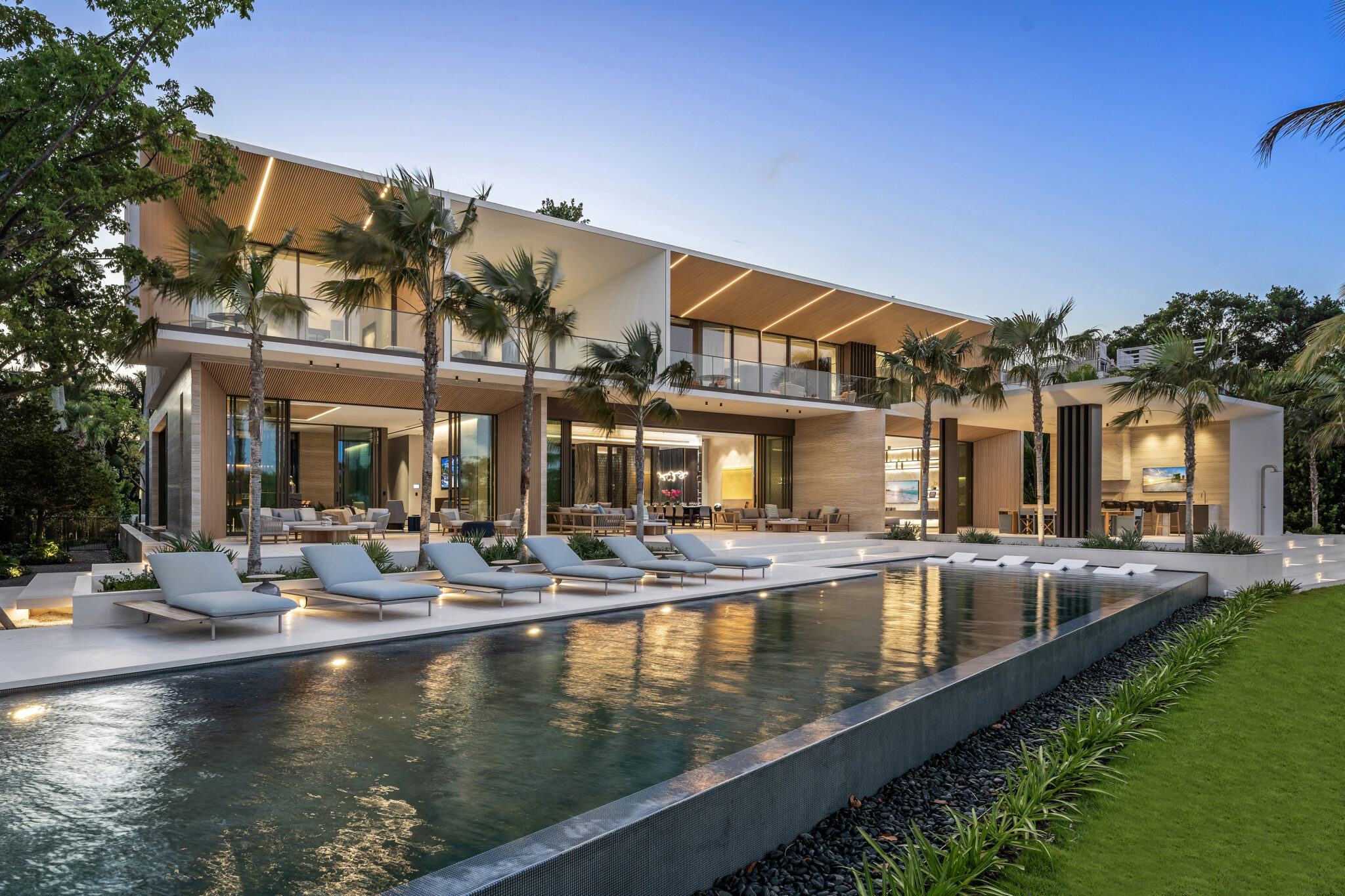

La Gorce Home, Courtesy of Choeff Levy Fischman Architecture + Design
The Power of Collaboration
Reflecting on the Star Island project, Levy highlights the collaborative nature of architecture, stating, “It was a memorable collaboration between truly excellent and gifted designers, architects, craftsmen, and builders.” This project stands as a testament to the power of teamwork in realizing complex architectural visions.
Adaptive Design in Historic Settings
Levy discusses his approach to working in historic districts, “I learned to find ways to respond to their comments and concerns within the modern language of the house.” This adaptability has allowed him to preserve his creative integrity while respecting historical contexts.
“I designed a house on an empty lot in a historic residential district in Miami Beach. It was a battle to have the house approved by the Historic Preservation Board due to opposition from the neighborhood and confoundment from the Board” says Levy. The house was very modern where the neighborhood was older though very mixed in styles, and because there had never been a structure on the lot, there was no historic precedent for the Board to compare the design to. Levy met with the City and the Neighborhood Association multiple times until he learned to find ways to respond to their comments and concerns within the modern language of the house. At the end, these changes greatly enhanced the house’s compatibility with the neighborhood and generally improved the final design. ”when constituents see an effort by the architect to address their concerns, they start warming up to the design and even start actively supporting it”.
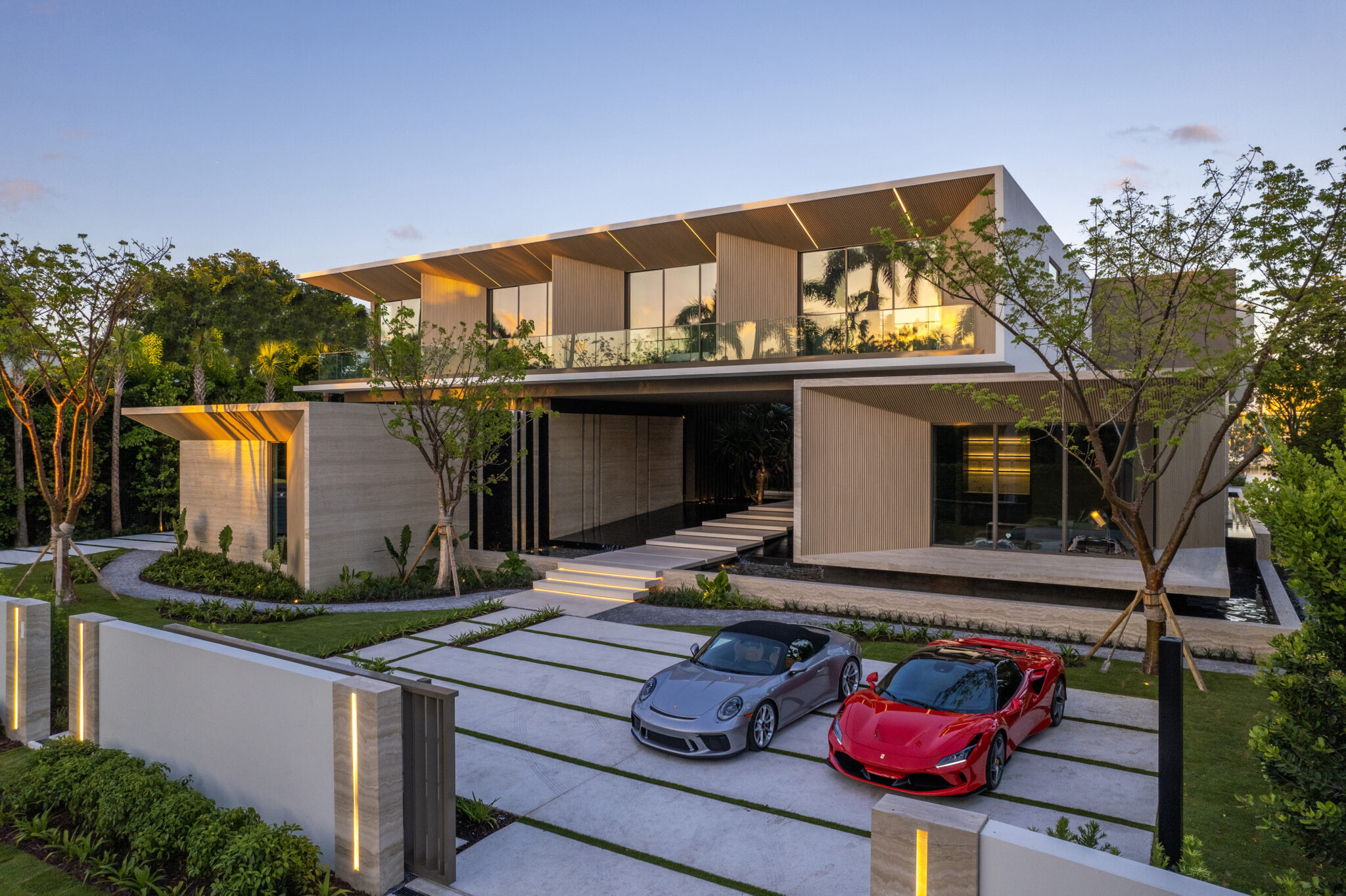

La Gorce Home, Courtesy of Choeff Levy Fischman Architecture + Design
Memorable Collaboration
Fostering Community Through Architecture
Levy views his work as an opportunity to bridge modern design with historical environments, fostering community engagement and acceptance, particularly in projects within historic districts.
Guiding the Next Generation of Architects
To aspiring architects, Levy advises, “Don’t treat architecture school like real life.” He encourages them to experiment during their educational journey, reminding them that the essence of architecture transcends technology and is ever-evolving.
Raphael Levy’s contributions to Miami’s skyline go beyond mere structures; they are a testament to the fusion of art, functionality, and environmental consciousness. His vision and innovation continue to shape Miami’s architectural landscape, inspiring both peers and future generations in the field.
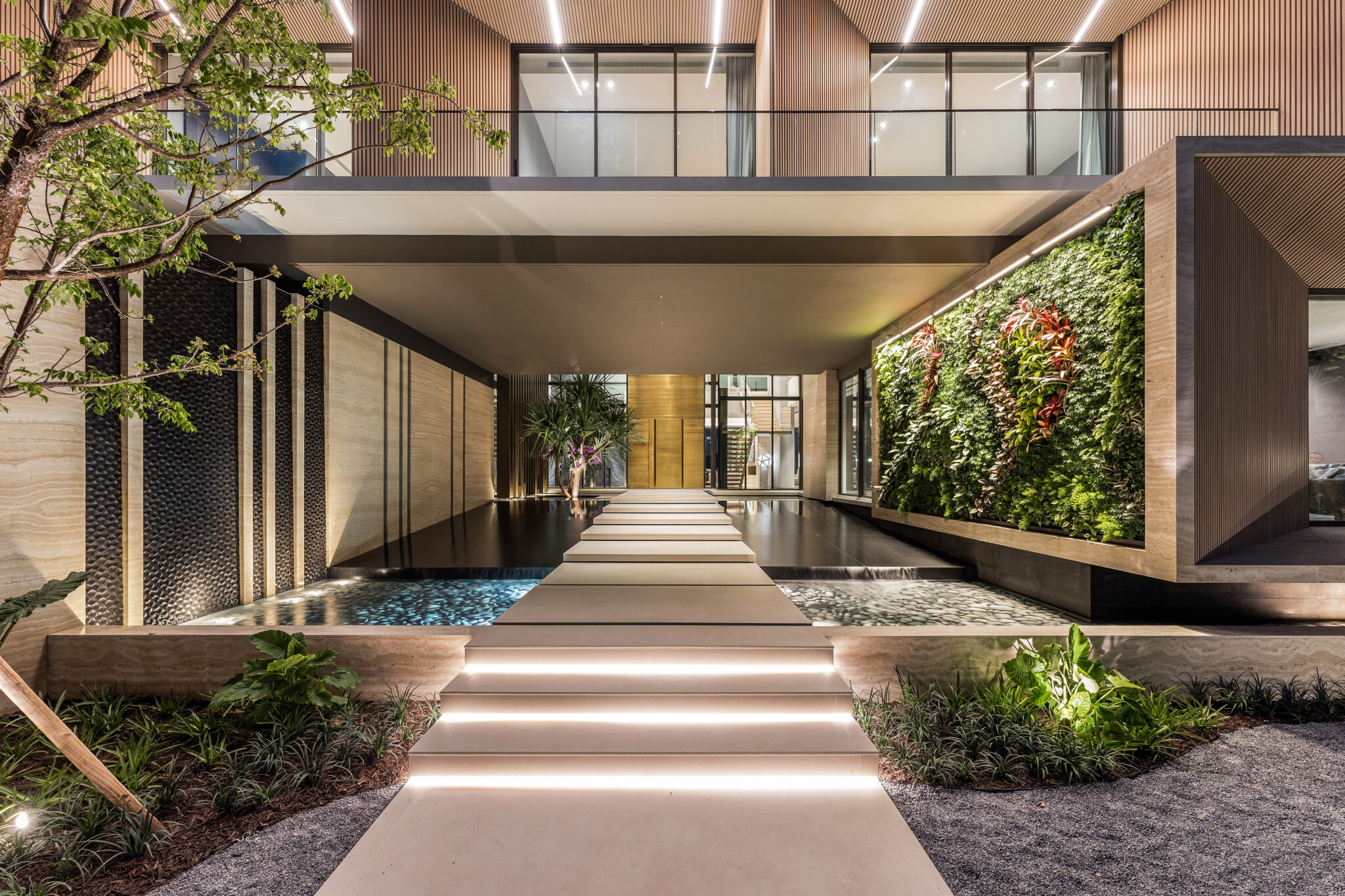

La Gorce Home, Courtesy of Choeff Levy Fischman Architecture + Design



